Licorice Root for Skin: A Dermatologist’s Guide to A Luminous Complexion
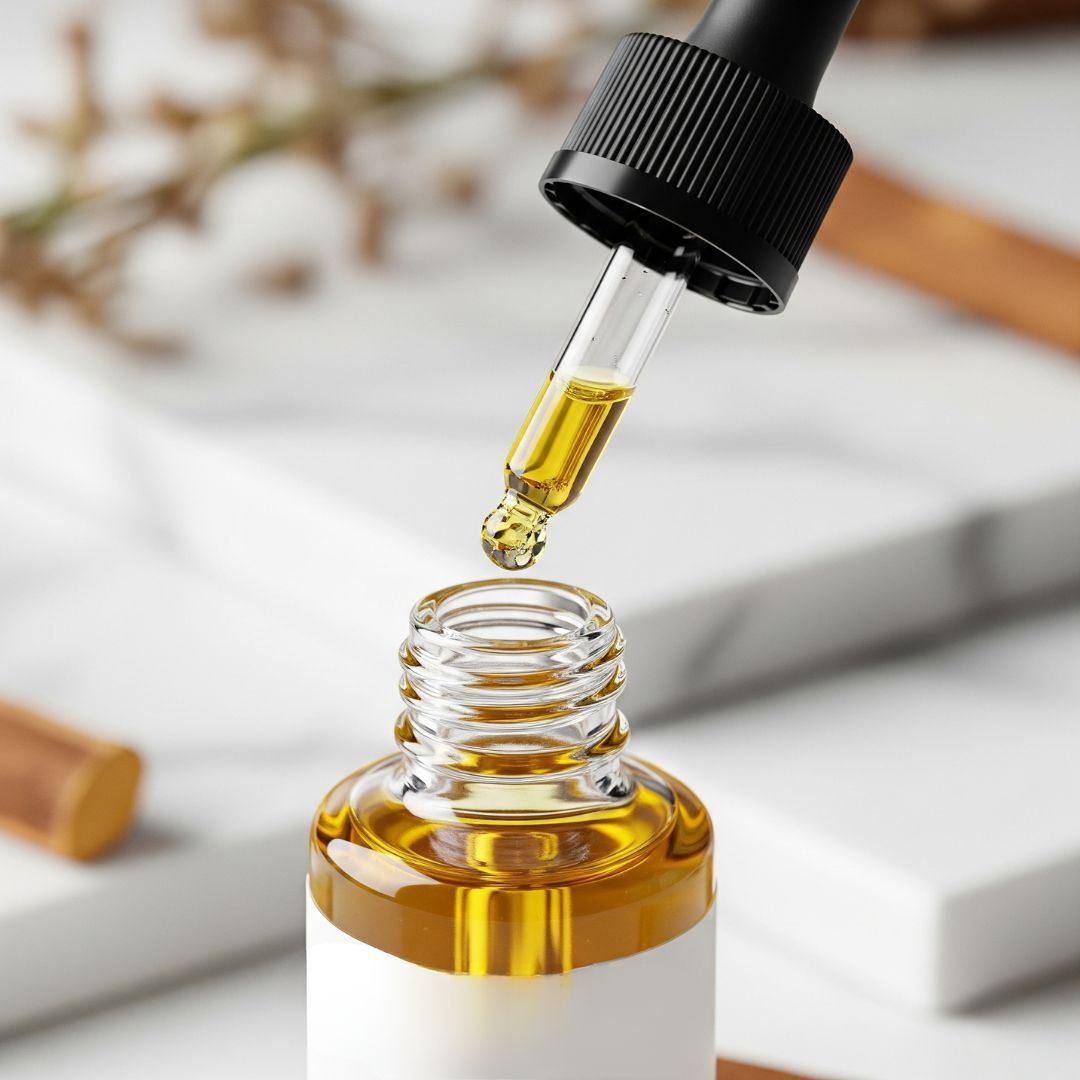
In the world of dermatology, we often seek the perfect balance between potency and gentleness. Patients want to correct concerns like dark spots and uneven skin tone, but without the irritation that can come from harsh ingredients. This is where the quiet power of nature, guided by science, truly shines. Enter Licorice Root, a botanical hero that has emerged as a cornerstone of modern brightening protocols.
As the first entry in our Derm-Alchemist’s Codex, we’re exploring how this humble root unlocks a truly luminous complexion.
What is Licorice Root Extract (Glycyrrhiza\\ glabra)?
Derived from the root of the Glycyrrhiza glabra plant, licorice extract has been used for centuries in traditional medicine for its soothing properties. While it is a celebrated anti-inflammatory agent, its most prized benefit in clinical skincare is its remarkable ability to brighten the skin and even out skin tone.
The Science of Radiance: How Licorice Root Works
The “magic” of licorice root lies in its rich cocktail of active compounds. Two are of particular interest in dermatology:
1. Glabridin: Nature’s Tyrosinase Inhibitor
The star of the show is a molecule called Glabridin. To understand how it works, you first need to know about tyrosinase. Tyrosinase is an enzyme in your skin that kicks off the production of melanin (pigment). When this enzyme is over-stimulated by factors like sun exposure, inflammation, or hormonal changes, it leads to hyperpigmentation—dark spots, sun spots, and post-acne marks.
Glabridin acts as a highly effective tyrosinase inhibitor. It essentially tells the overactive enzyme to slow down, preventing the formation of excess pigment before it even begins. Studies have shown it to be remarkably effective at this, without causing the irritation associated with some other brightening agents.
2. Liquiritin: Dispersing Existing Pigment
Another compound, Liquiritin, works differently. It doesn’t block melanin production but helps to break up and disperse existing melanin that has already collected in the skin cells. This dual action—preventing new spots with Glabridin and fading existing ones with Liquiritin—makes licorice root a comprehensive solution for an even complexion.
Who Should Use Licorice Root?
Licorice root extract is an excellent choice for individuals concerned with:
- Hyperpigmentation: Including sun spots, age spots, and melasma.
- Post-Inflammatory Hyperpigmentation (PIH): The dark marks left behind by acne or irritation.
- Uneven Skin Tone: General blotchiness or a dull complexion.
- Sensitive or Redness-Prone Skin: Because of its powerful anti-inflammatory properties, it’s one of the few brightening agents that is well-tolerated by sensitive skin.
How to Incorporate Licorice Root Into Your Skincare Routine
Look for licorice root extract in serums, essences, or moisturisers. It is most effective in a leave-on formulation where it has ample time to work. It pairs well with other antioxidants like Vitamin C and barrier-supporting ingredients like Niacinamide.
For our formulations, we focus on sourcing a pure, potent extract to ensure a clinically effective concentration of Glabridin. It is the cornerstone of our Amino Acid 360° Masque, designed to reveal your skin’s inherent luminosity.
Conclusion: Licorice root (Glycyrrhiza\\ glabra) is a testament to the power of botanical science. It offers a gentle yet scientifically proven path to a brighter, more even-toned, and calmer complexion. It’s a true multi-tasker that earns its place as the first celebrated ingredient in the Derm-Alchemist’s Codex.

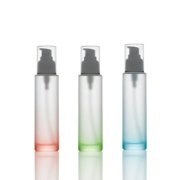




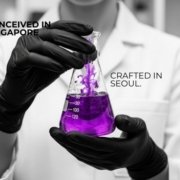
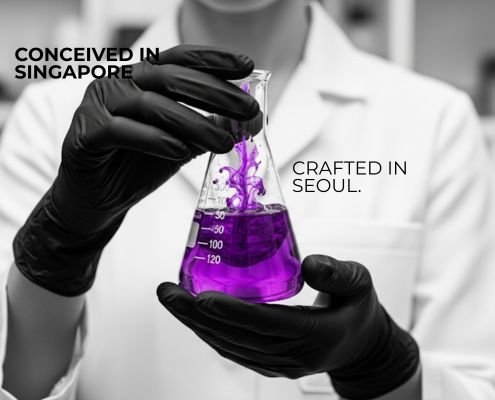
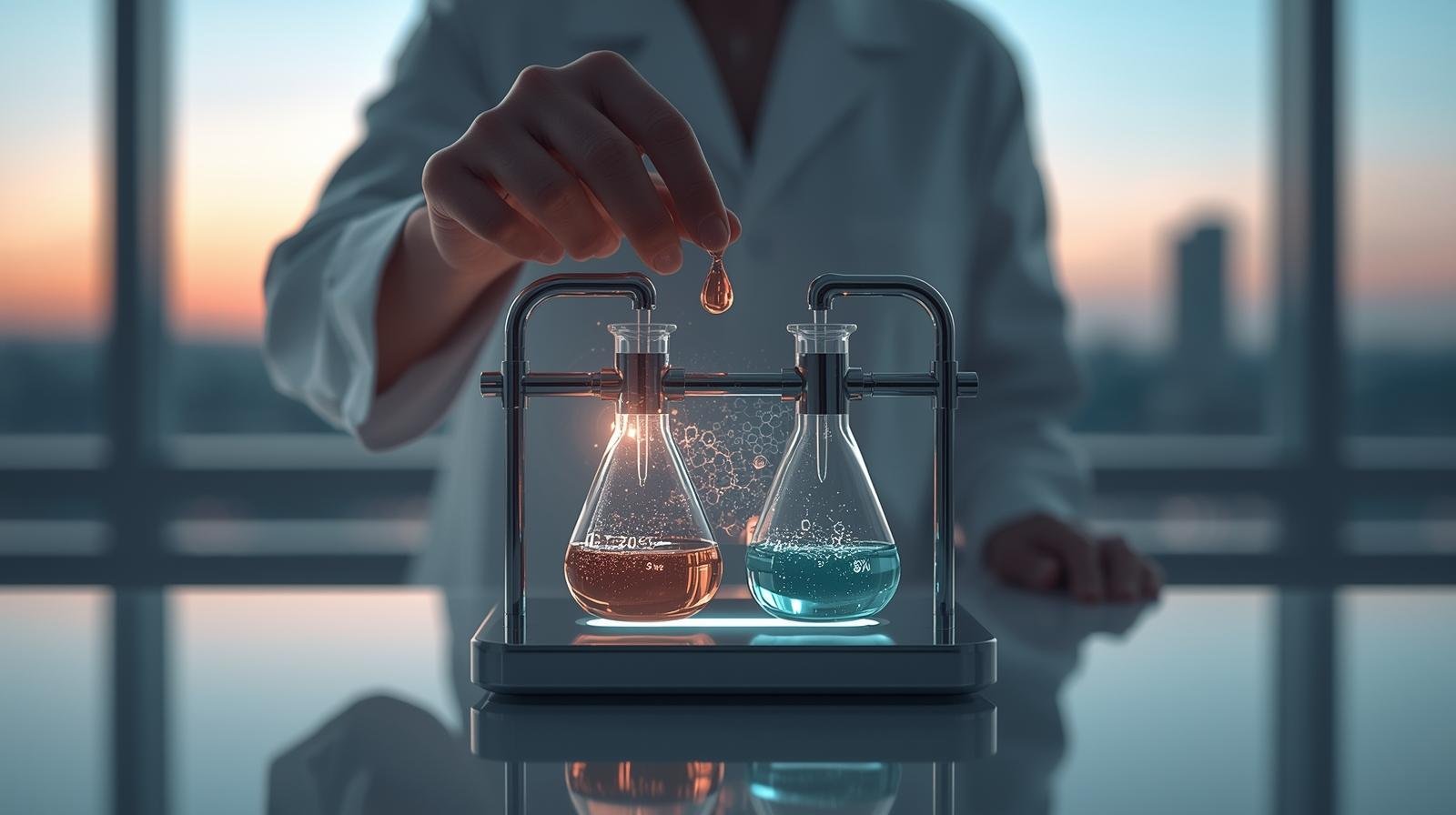
Leave a Reply
Want to join the discussion?Feel free to contribute!